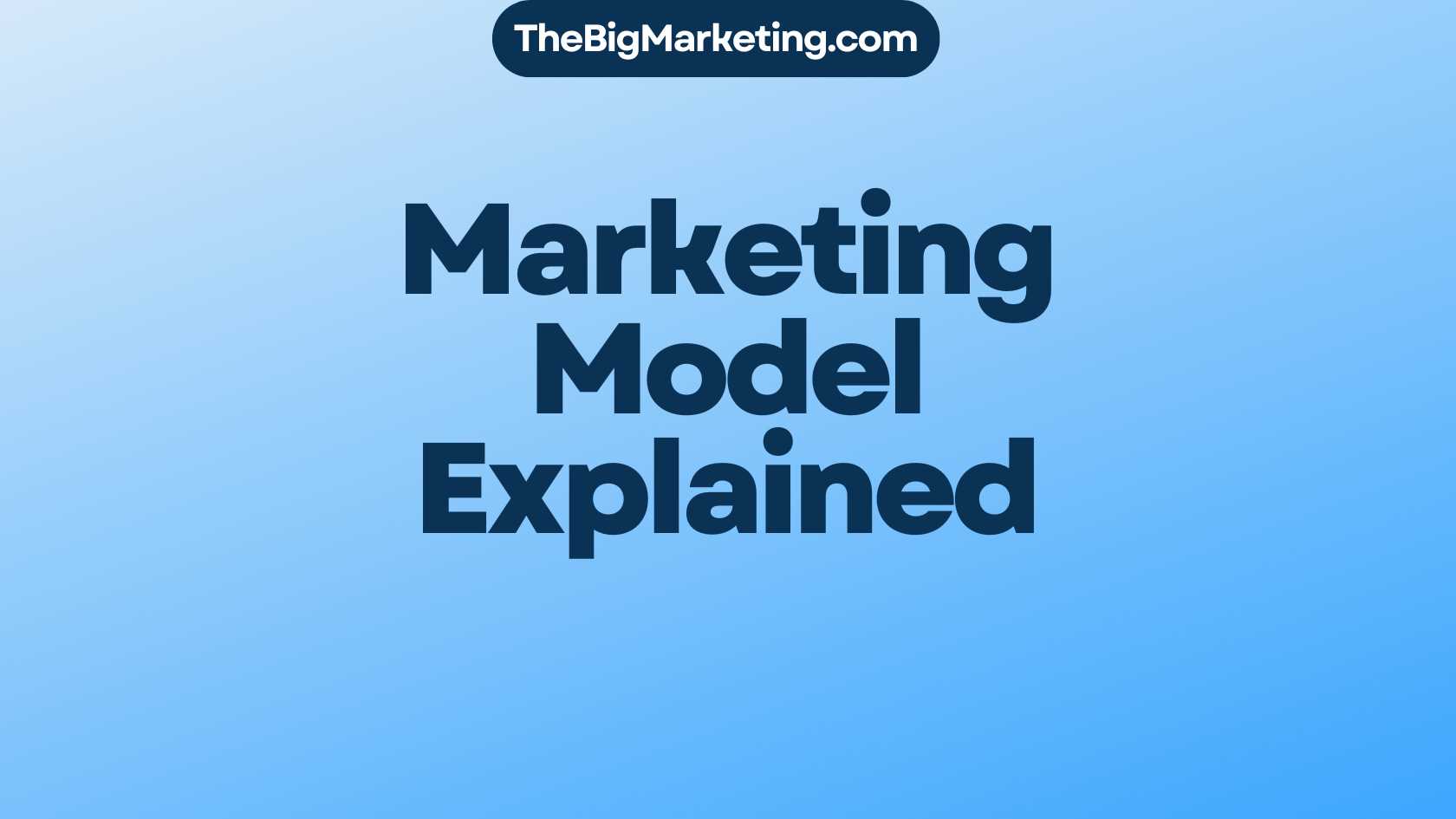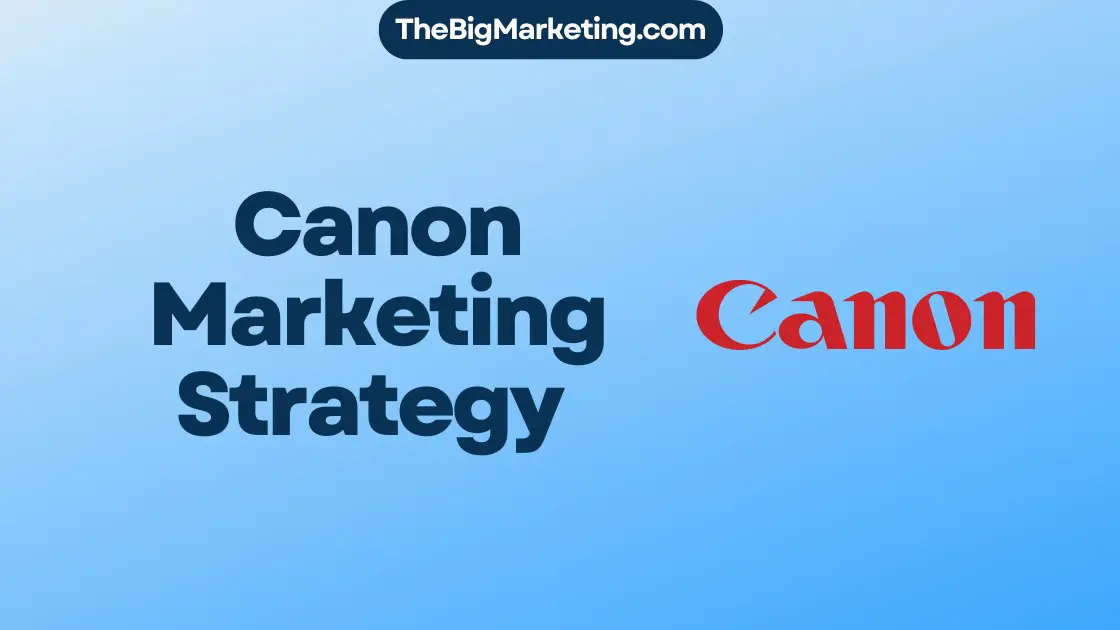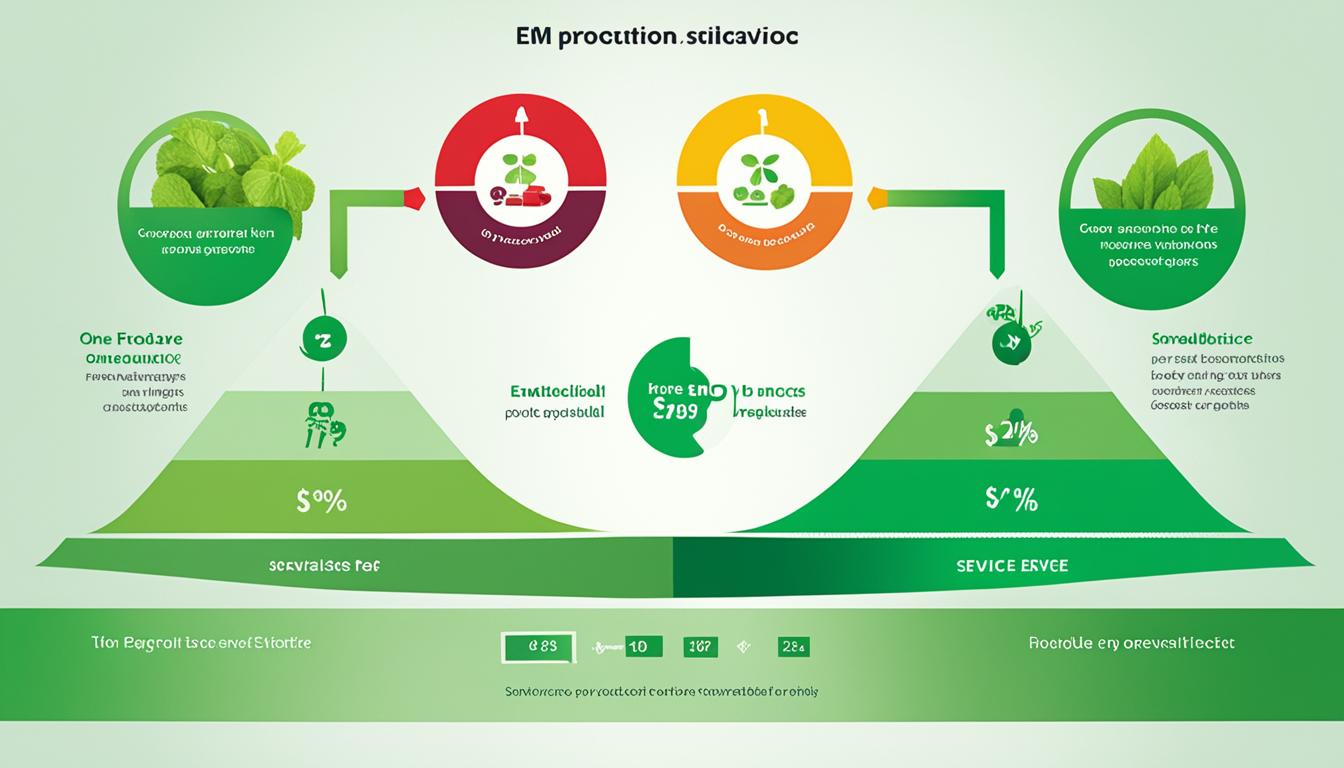Cost per engagement (CPE) measures the success of digital ads. It helps marketers know if their campaigns are working. This is essential as digital marketing grows.
Understanding CPE helps marketers better their strategies and track ROI. It means they only pay when people actually interact with their ads. This makes sure money is spent wisely.
CPE and other metrics offer insights into how online ads are doing. By tracking CPE and metrics like click-through rate, marketers can make their campaigns more engaging. This leads to better results.
This article will dive into CPE, its benefits, and how it’s different from other pricing models. We will also look at examples of how CPE is calculated and used in marketing. This is great for both newcomers and those wanting to learn more about CPE.
Key Takeaways:
- CPE is a marketing performance metric that measures the cost per meaningful engagement with an ad.
- It provides insights into campaign effectiveness, online advertising analytics, and click-through rate optimization.
- CPE offers benefits such as improved budgeting, increased engagement, and flexibility in marketing campaigns.
- Calculating CPE involves dividing the total cost spent on ads by the total measured engagements.
- CPE differs from cost per click (CPC) as it includes all meaningful engagements, not just clicks.
What is Cost Per Engagement (CPE)?
Cost per engagement (CPE) is a pricing strategy used in digital advertising. It allows advertisers to pay only when people interact with their ads. This means they pay for actions like stopping a video, answering a survey, or sharing a post online.
This model is low risk, benefitting both advertisers and viewers. Advertisers pay just for meaningful interactions, avoiding spending on those not interested. Viewers get to see ads that match their likes and wants. This win-win situation makes digital ads more effective.
Engagements on social media, such as shares and likes, boost a brand’s presence. They also help understand what customers like or don’t like. Using this info, advertisers can improve their ads for better performance.
In summary, CPE ensures advertisers get value by focusing on meaningful engagements. It’s a smart way to make digital marketing more impactful.
Benefits of Cost Per Engagement Advertising
Cost per engagement (CPE) advertising has many benefits for advertisers. It helps them get the most from their marketing efforts. Here are some key advantages:
1. Flexibility and Creativity
CPE advertising gives advertisers the chance to keep up with market trends. They can define what engagement means to them. This model encourages creative ways to connect with the target audience.
Advertisers can try new things and innovate. They can make campaigns that really speak to their customers. This helps them stand out from the competition.
2. Increased Engagement
CPE advertising focuses on real interactions, unlike other models that count impressions or clicks. This means every click, like, share, or comment can boost brand awareness. Such interactions grab consumer attention.
This leads to more people likely finishing the marketing journey, like buying something or installing an app.
3. Improved Budgeting
With CPE advertising, you only pay for ads that get real engagement. This ensures money is spent on ads that work. It helps make the most of the ad budget.
By measuring cost per engagement, advertisers can plan better for future campaigns. They can use their resources more wisely.
The table below shows how CPE advertising boosts creativity, engagement, and budgeting.
| Benefits of CPE Advertising |
|---|
| Flexibility and Creativity |
| Increased Engagement |
| Improved Budgeting |
How to Calculate CPE
Cost per engagement (CPE) is found by dividing ad costs by engagements. “Total cost spent” means the money used for the ads and getting engagements. “Total measured engagements” are all the interactions from the ad.
To figure out CPE, follow this formula:
CPE = total cost spent / total measured engagements
This math helps marketers know the cost for each engagement. It shows if their ads are working well and are worth the cost.
Imagine a company spends $3,000 on ads and gets 1,500 engagements. To find the CPE, they use the formula:
CPE = $3,000 / 1,500 engagements
This makes the CPE $2 per engagement.
So, the ad campaign’s engagement cost is $2. Knowing the CPE is key for marketers to see their ad’s impact. It helps them decide where to spend in the future.
CPE versus Cost Per Click (CPC)
There are two main pricing models in ads: cost per engagement (CPE) and cost per click (CPC). Each has benefits, but it’s important to know the differences. This knowledge helps advertisers choose wisely for their campaigns.
CPE means you pay for every engagement with an ad. This can include clicks, likes, shares, or any meaningful action. But with CPC, you pay for each click your ad gets. It focuses just on clicks, nothing else.
The key difference between CPE and CPC is what they measure. CPE looks at all types of engagement, giving a fuller picture of a campaign’s impact. CPC focuses only on clicks, missing other valuable interactions.
Imagine a user watches a video ad and then clicks on it. With CPE, both actions count as engagements. With CPC, only the click matters. This shows how CPE values a wider range of user interactions compared to CPC.
Benefits of CPE versus CPC
CPE tracks many engagements, so it has several advantages. It shows how people truly respond to ads. Advertisers see the full effect of their work through likes, shares, and comments. This helps understand audience connection.
Since CPE counts every interaction, advertisers get more from their ad budget. They enjoy broader brand exposure, better campaign results, and higher returns on investment.
The Role of CPC in Advertising
CPC is also valuable in ads, especially when the goal is getting clicks. It’s good for driving traffic to a specific place. CPC lets advertisers see how well their ad draws user interest and action.
This model is often used in search marketing and PPC ads. Here, advertisers bid for spots on search results pages. Paying only for clicks helps measure campaign success in driving website visits.
Choosing the Right Model for Your Advertising Strategy
Choosing between CPE and CPC depends on your ad goals. If you want to see all interactions, not just clicks, pick CPE. It gives a broader view of how campaigns perform.
If driving site traffic and measuring clicks is your focus, CPC might be better. It offers insights into how ads capture attention. This helps understand user engagement well.
The choice between CPE and CPC depends on your campaign’s aim and the outcomes you wish for. Think about what interactions you want to track. This will guide you to the best pricing model for your needs.
Other Pricing Models in Advertising
Besides cost per engagement (CPE) and cost per click (CPC), there’s more to advertising pricing. Cost per lead (CPL) and cost per action (CPA) are two popular models. They help advertisers manage their campaigns and hit their marketing targets.
Cost per Lead (CPL)
Cost per lead (CPL) lets advertisers pay just for leads that qualify. They are charged for the number of leads they get. A lead counts as qualified if it shows real interest or fits certain demographic checks.
This method means advertisers only pay for leads likely to become customers. It helps them use their budget wisely, focusing on promising buyers.
Cost per Action (CPA)
Cost per action (CPA) is another useful model for advertisers. Here, they pay only when a user takes a specific action. This might be a purchase, signing up, or completing a form.
CPA leads to paying for results directly tied to campaign aims. This setup encourages quick user actions, boosting conversion rates and return on investment. Advertisers can tailor the actions they want and gauge their campaign’s success through CPA.
Both CPL and CPA models offer key benefits, like ensuring valuable leads and spurring immediate actions. They give advertisers ways to fine-tune their campaigns for better results.
Comparison of Different Pricing Models
Here’s how different advertising pricing models stack up:
| Pricing Model | Description |
|---|---|
| Cost per Engagement (CPE) | Advertisers pay for meaningful engagements with their campaigns |
| Cost per Click (CPC) | Advertisers pay for each click on their ads |
| Cost per Lead (CPL) | Advertisers pay for qualified leads |
| Cost per Action (CPA) | Advertisers pay for specific actions taken by users |
Different models carry their unique advantages, fitting various goals and outcomes. With a grasp of these models, advertisers can refine their strategies for better results.
Understanding Cost Per Engagement in Mobile Advertising
Cost per engagement (CPE) is important in the world of mobile advertising, especially for in-app activities. This includes all actions users take in an app after downloading it. For example, signing up, playing a game and reaching a new level, listening to music, or booking a service are all part of in-app engagement.
Knowing how to calculate CPE helps advertisers see if their ads are succeeding in motivating actions within the app. By looking into engagement and calculating CPE, advertisers can fine-tune their mobile ad plans. This way, they can use their budgets more wisely.
The way to figure out CPE in mobile ads is the same as in other ad types. Advertisers divide the total ad cost by the total engagements. This calculation shows the average cost for each action a user takes, offering insights into campaign success.
To track how well campaigns do, it’s crucial to look at engagement metrics in mobile advertising. Understanding these metrics means advertisers can spot which activities lead to the outcomes they want. Then, they can make their campaigns even better based on this info.
Benefits of Tracking Engagement Metrics in Mobile Advertising
Keeping an eye on engagement metrics in mobile advertising is very beneficial:
- It offers insight into what users do inside the app, showing advertisers what features or content draw in the most users. This info helps tailor marketing to boost engagement.
- It improves targeting by helping advertisers focus on users who are more likely to respond to their campaigns based on past actions within the app.
- It leads to a better user experience. Knowing where users might be having trouble allows advertisers to make needed improvements, raising engagement and user happiness.
By tracking engagement and calculating CPE, advertisers can shape better campaigns. Focused strategies, grounded in these metrics, can heighten engagement and targeting. This way, advertisers can meet their goals in the mobile app space more effectively.
Let’s consider the value of engagement metrics and CPE with an example:
| Mobile Advertising Campaign | Total Advertising Cost | Total Engagements | Cost Per Engagement (CPE) |
|---|---|---|---|
| Campaign A | $5,000 | 1,000 | $5 |
| Campaign B | $7,500 | 2,500 | $3 |
In this example, Campaign B has a lower CPE than Campaign A, showing it’s more efficient at engaging app users. This insight lets advertisers manage their budget better, focusing on high-return campaigns.
Benefits and Limitations of CPE in E-Commerce
Cost per engagement (CPE) helps e-commerce businesses boost their marketing and get better returns. It lets them focus their ad dollars better, reach the right customers, and track how well their ads do. But, there are challenges, like measuring how well ads engage people and comparing the cost of engagement across different places online.
Benefits of CPE in E-Commerce
1. Improved Marketing Efficiency:
- CPE helps businesses focus on what works best by observing how people react to their ads.
- This means ads reach people more likely to be interested, getting better results and more active customers.
2. Enhanced Customer Targeting:
- CPE shows businesses what actions people take, like clicking or buying, so they know their audience better.
- By looking at these actions, businesses can make ads that speak directly to what customers want.
3. Better ROI:
- Using CPE, companies focus on the most rewarding customer actions, making the most of their marketing budget.
- This strategy reduces money wasted on ineffective ads, leading to greater returns.
Limitations of CPE in E-Commerce
1. Difficulty in Measuring Engagement Accurately:
- Knowing how well ads engage isn’t easy. It depends on tracking and valuing different user actions.
- Figuring out the real impact of actions like social shares or video views is tough.
2. Comparing CPE Across Different Platforms:
- Different places online might measure engagement differently. This makes it hard to tell which ads do best.
- Businesses need to understand each platform’s unique aspects to measure their ads’ success correctly.
Even with these challenges, e-commerce businesses can use CPE to better their advertising, engage more customers, and see higher returns.
Read on to learn how to figure out your CPE and understand this way of pricing ads better.
Calculating CPE: Engagement Metrics and Total Cost
To figure out the cost per engagement (CPE), companies must select the engagement metrics to track. These include clicks, shares, or purchases and are key in judging a marketing campaign’s success. By watching these metrics, companies can see how well their ads are doing.
Companies also must work out the total cost of their campaign. This means adding up direct costs like ad spending and creative fees, as well as indirect costs like salaries and office expenses. It’s vital to count every cost linked to the campaign for an accurate total.
With the metrics and total cost known, companies can use CPE = total cost / total engagements to find their CPE. This lets marketers know the average price of each interaction. Keeping track of this helps companies understand how effective their marketing is.
Figuring out CPE is super useful for companies. It shows them the value they’re getting from their marketing and how cost-effective it is. By looking closely at CPE, they can better use their money and meet their marketing goals.
Conclusion
Cost per engagement (CPE) is vital for marketers. It means advertisers pay only for real user interactions. This makes sure they use their ad money smartly.
With CPE, businesses can adjust easily, boost engagement, and manage budgets better. They can measure how well their ads perform and decide how to spend based on data. Even though it’s hard to perfectly measure engagement, CPE’s advantages are significant.
For e-commerce marketers, CPE is super important. It helps every ad interaction push towards a goal, like buying or sharing. By valuing CPE, companies can enhance their advertising, increase ROI, and meet their campaign goals.







